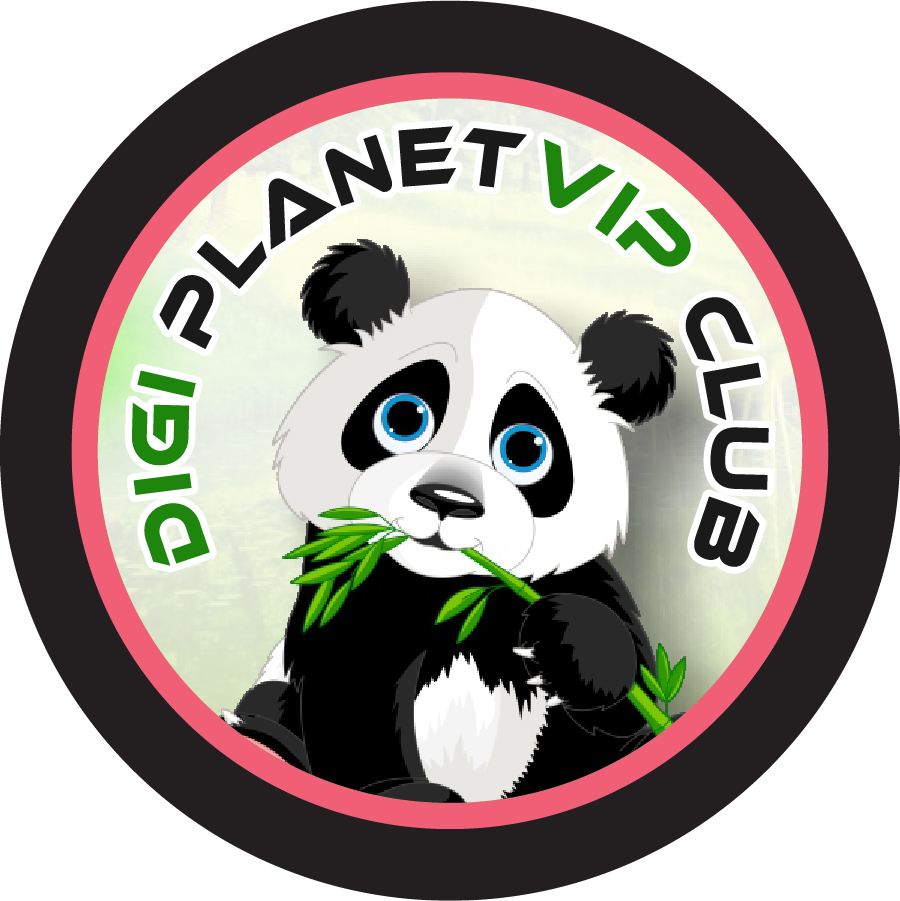
The World’s First & Largest WILD Koala Sanctuary #DigiNFTs #KoalaArt
By: Digi Official
August 9, 2023 9:09 AM / 0 Comments Blockchain Endangered Species Exchanges International News Web3 Community
Considered one of the most iconic species of Australian wildlife, the Koala is an arboreal folivorous marsupial known for its ash-grey fluffy fur. Koalas are slipping under the radar with populations in Southern Australia being healthy while half of some populations in Northern Australia have gone extinct
IUCN Status: Vulnerable
NSW Australia : Vulnerable to Endangered
QLD Australia : Locally extinct populations, endangered
Considered one of the most iconic species of Australian wildlife, the Koala is an arboreal folivorous marsupial known for its ash-grey fluffy fur. Koalas are slipping under the radar with populations in Southern Australia being healthy while half of some populations in Northern Australia have gone extinct. They have a broad range spanning 3,000kms and due to their large range, they are often viewed as a wholistic population. The northern half and subspecies in NSW and QLD have had catastrophic losses and are on the trajectory for extinction by 2050 at the current rate of decline.
This project will improve the species’ trajectory and create a safe haven, preventing extinction should the pattern of decline continue. While approximately 1,000 Koalas exist in captivity in Australia, due to poor genetics and disease risk, the captive population does not provide any level of support to the wild population. Rather, it is a critical vector for community to learn and engage with the species.
Threats
Due to the niche diet and habitat requirements of this species, as well as the large and varied threats they face in the wild, Koalas are in decline throughout most of their natural range. Their decline is mostly due to widespread habitat destruction, bushfire and disease. Land clearing resulting in habitat loss is the single biggest threat, reiterating the critical need for the protection of remnant habitat. The species also faces threats of habitat fragmentation due to a lack of habitat corridors, dog attack, and road strike. Over 80% of Koala habitat has been lost with the remaining 20% fragmented and vulnerable to intense bushfire which has an ability to decimate remaining populations within only days, as seen recently in the 2019-2020 NSW Bushfires.
Distribution
Koalas have lost 80% of habitat from their former range and are severely fragmented throughout in what remains.

Impact
Species Recovery
1. The Project will achieve species recovery with Koala Ark being the first project to impact the trajectory of wild Koalas in NSW by protecting approximately 7% of the wild population.
2. Koala Ark will enable rehabilitated Koalas to be released to a safe wild environment with a soft release into 3 stages of wild environments (400Ha, 1000Ha, and 5000Ha) all which are monitored and managed for their protection.
Habitat Recovery
3. Koala Ark will move into habitat recovery, protecting 7,000 hectares of habitat for Koala.
Deliverables
Aussie Ark prides itself on its pioneering successes in species recovery of threatened Australian wildlife through the establishment of robust insurance programs that are genetically representative of their species and behaviourally suitable for wild release, all while achieving cost-effectiveness and creating populations suitable for re-wildling.

Koala Ark as a project of Aussie Ark will deliver the following actions:
• Protection of 7,000 hectares of Koala habitat within the NSW Barrington region through exclusion fencing
• Secure a wild population of 1,000-1,500 Koalas (Koala home ranges can be between 2-4 hectare per individual in suitable habitat. With over half of Koala Ark being preferred Koala habitat, over 1,300 Koalas will call Koala Ark home.)
• Protection from intense bushfire
• Weed management including removal of the invasive Scotch Broom (Cytisus scoparius)
• Removal of introduced species inclusive of horse, pigs, goat, cat and fox from protected areas
• Baseline surveys of fauna and flora present before and after protection of land is established
• Long-term monitoring of the sanctuary by field officers
Budget
| Already completed | |
| Supply of accommodation, vehicles, equipment, machinery, resource | |
| Secured land of 7,000hectare of koala habitat in the NSW Barrington Region | |
| Yet to be completed | |
| $173 per hectare of land protected with feral exclusion fencing | $864,850 |
| Research and associated activities including radio tracking post release for 6 months in a wild landscape $2,233 per individual |
$111,650 |
| Bio-mapping and ecological survey of protected area | $20,000 |
| Weed management and site rehabilitation | $62,000 |
| Koala Hub / Joint research station | $25,000 (total cost of centre $180,000 split between multiple projects) |
| Fire Management (initial investment of machinery and proactive low intensity fire control) |
$80,000 |
| Long-term monitoring program | |
| 500 x $150 motion sensor cameras | $75,000 |
| 3 years x $45,000 time in the field by wildlife officers | $135,000 |
| TOTAL COST OVER 3 YEARS | $1,373,500 |
https://www.aussieark.org.au/
Time frame: 3 Years – Expected completion 2022
